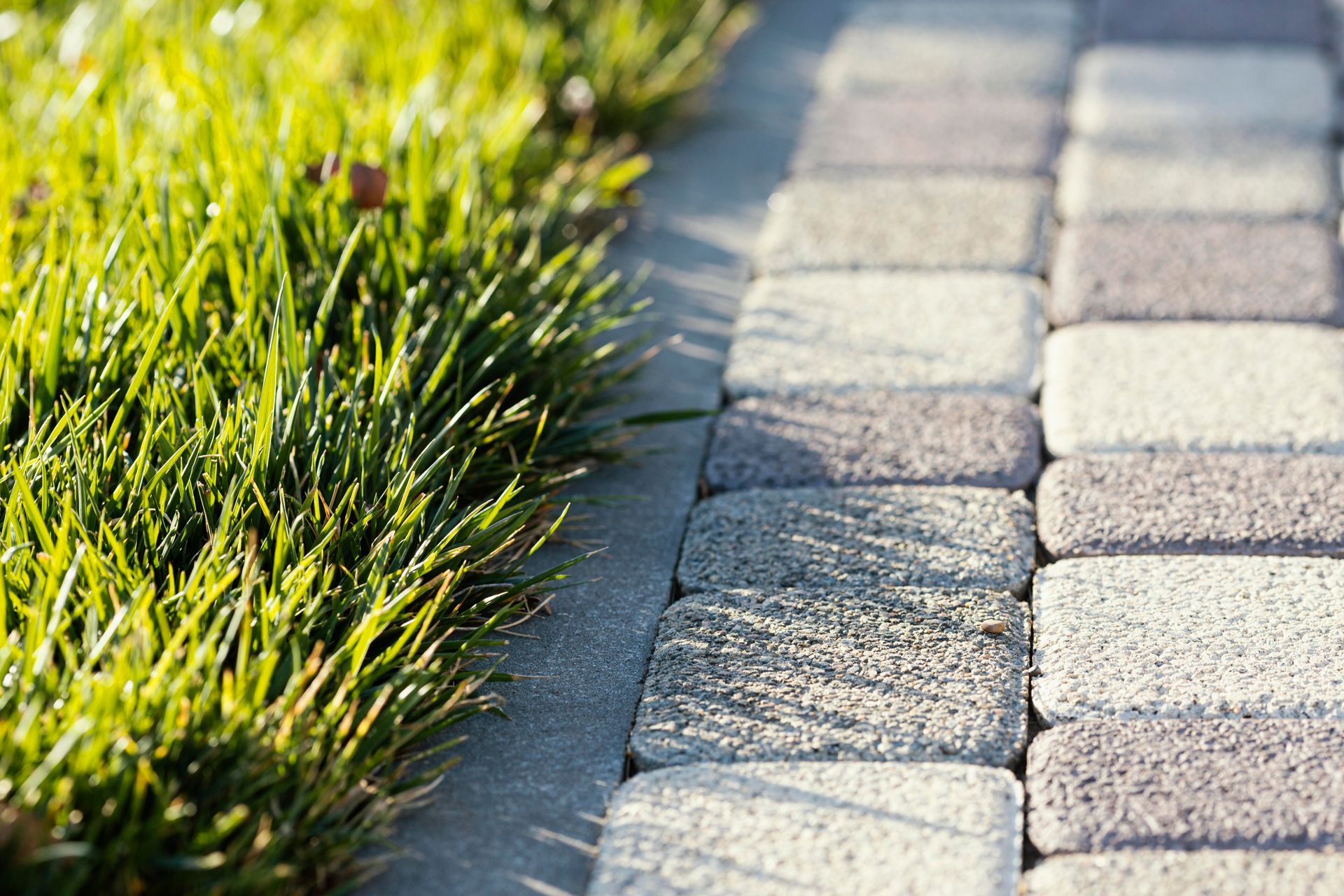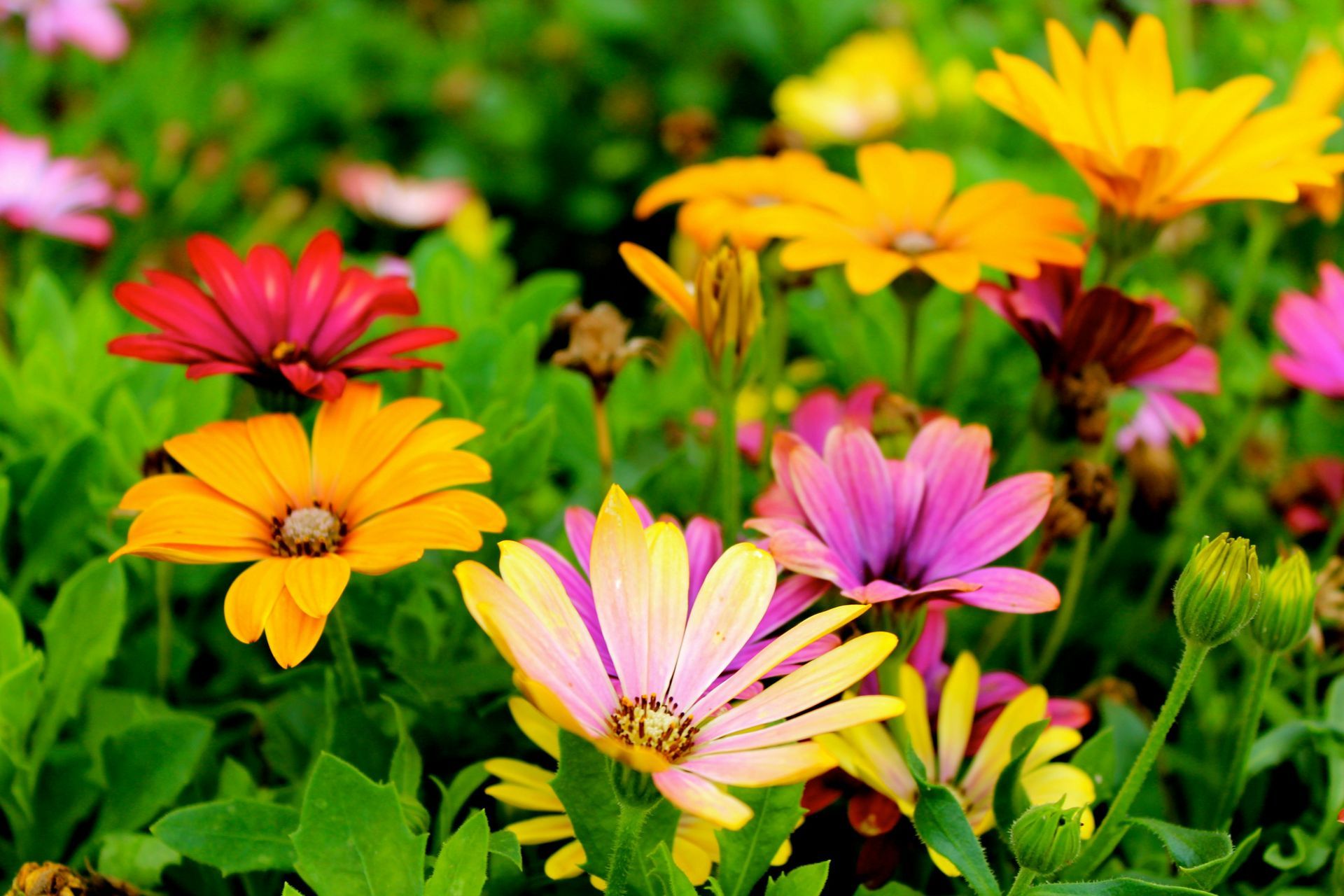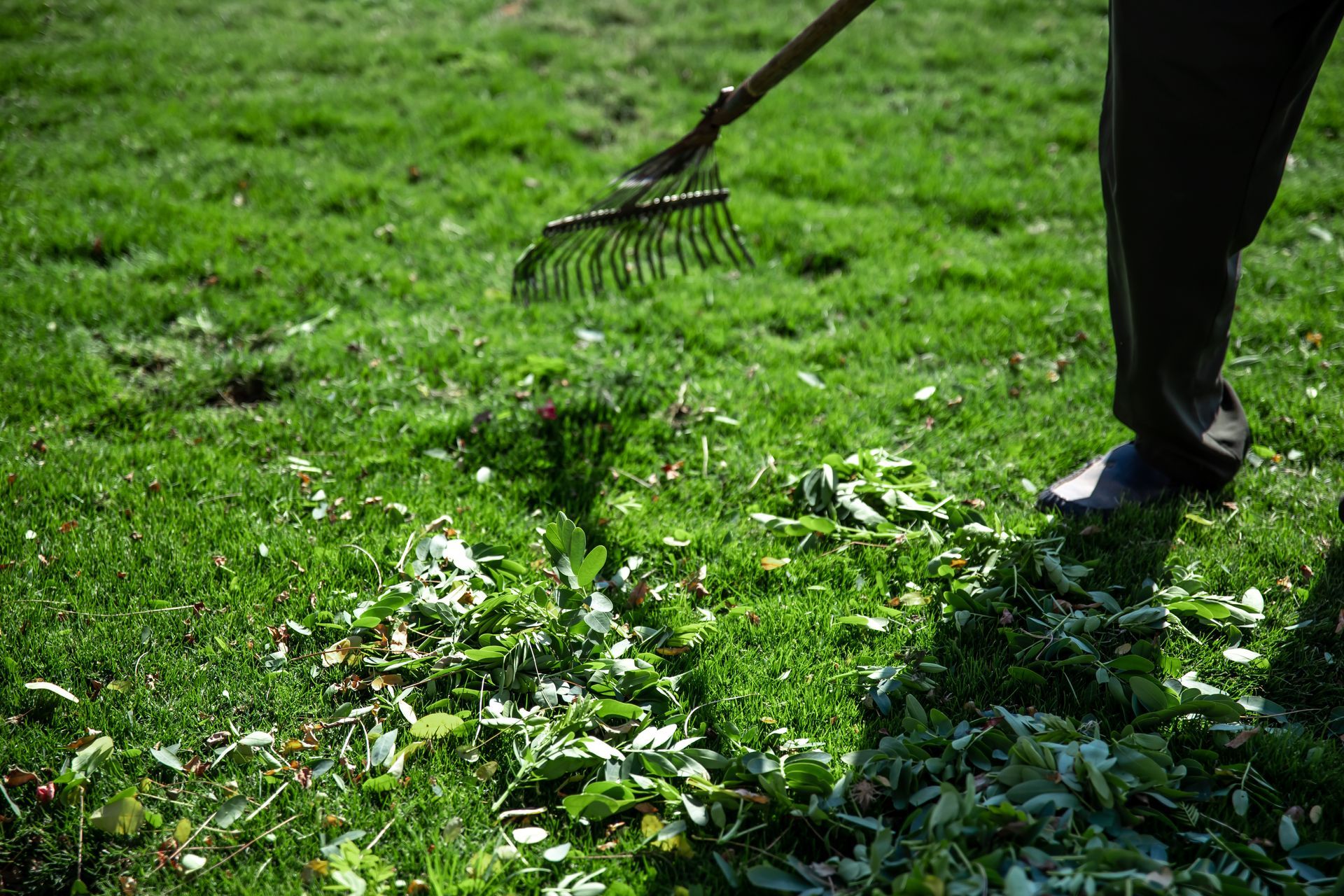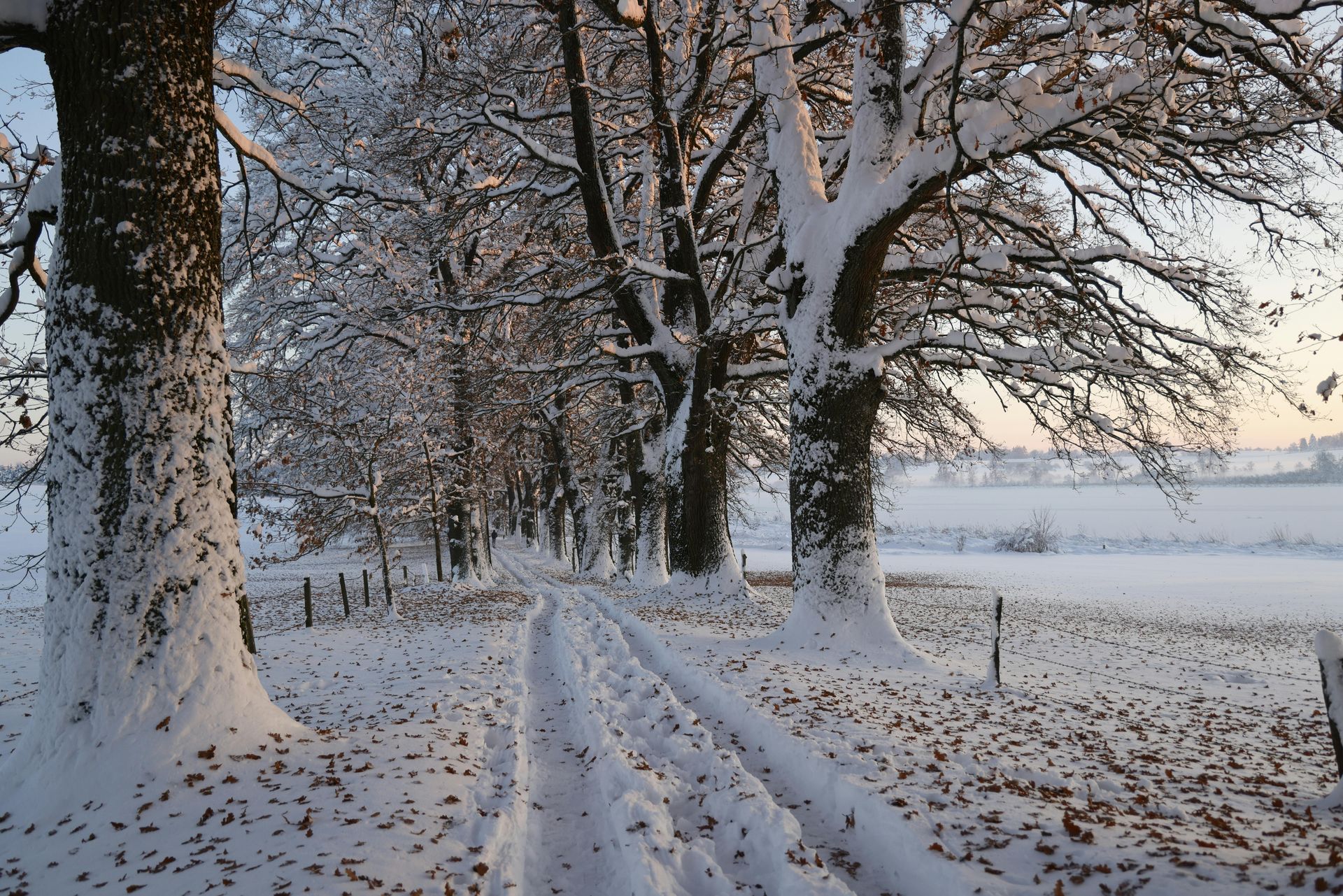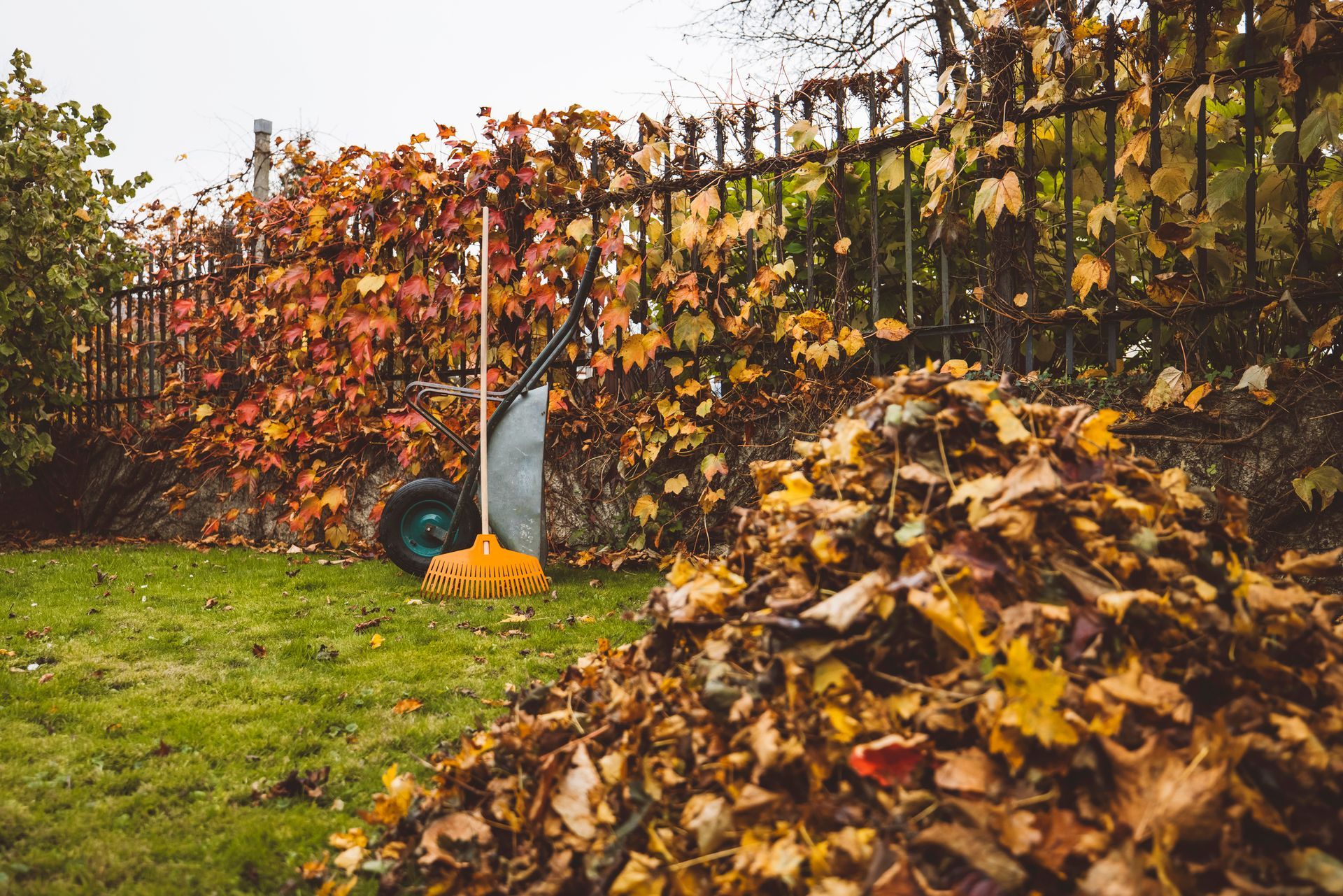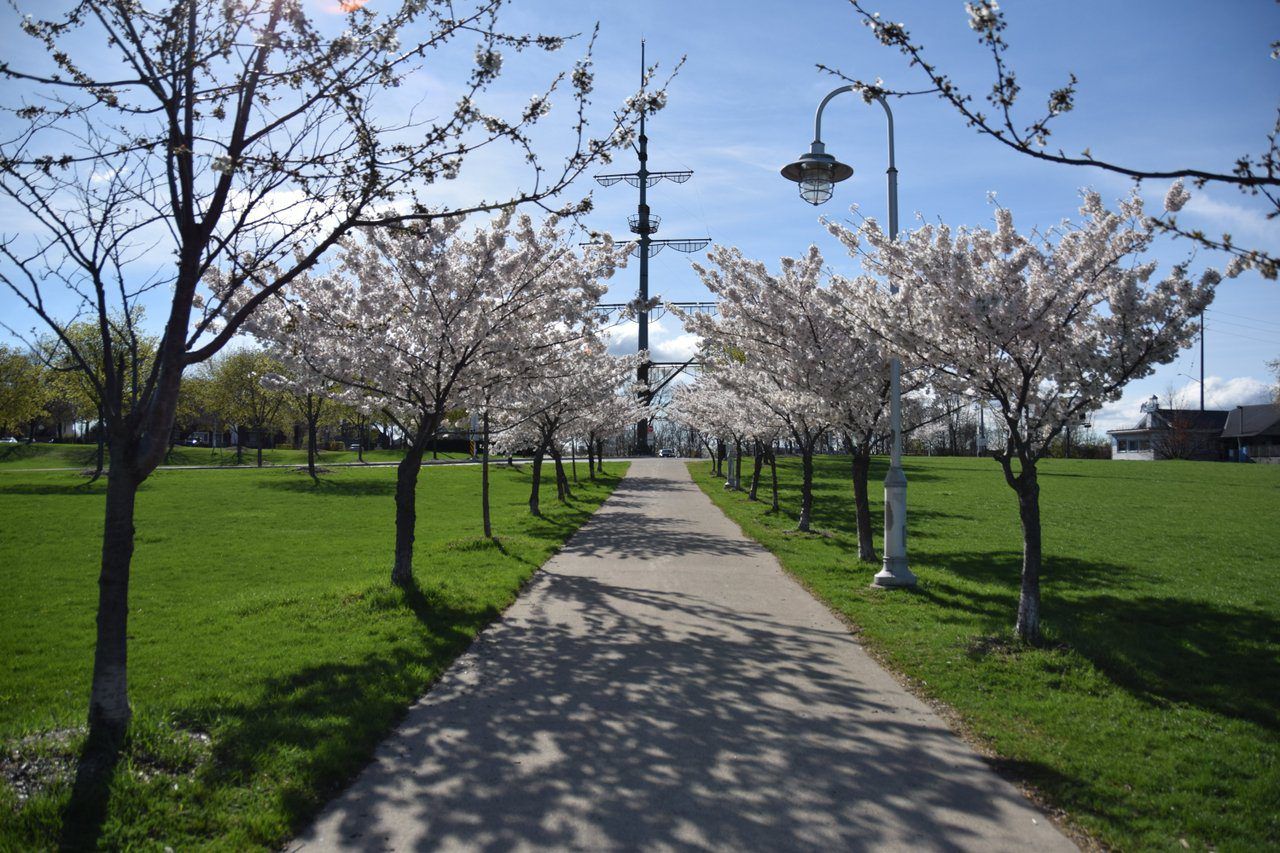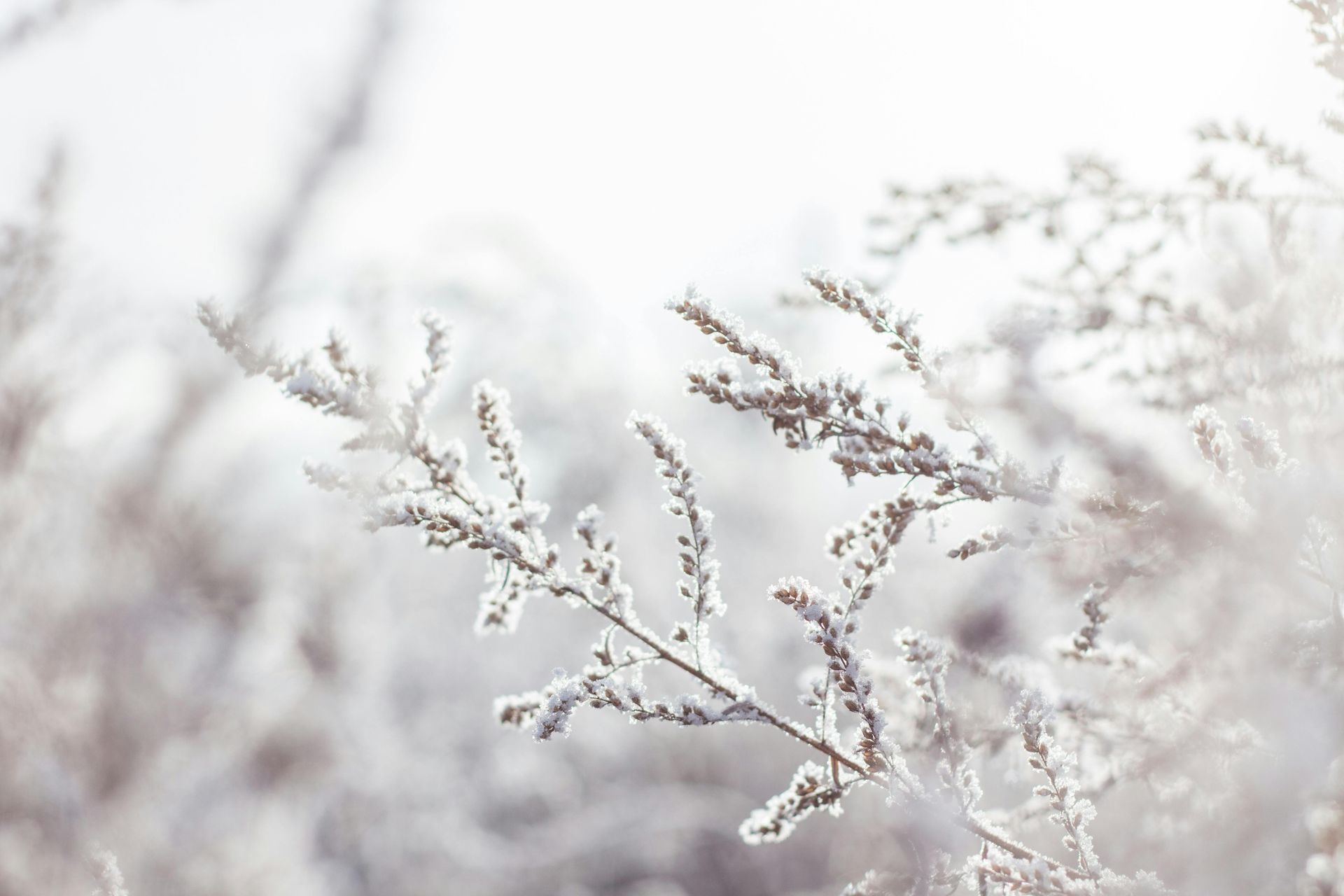Does Your Lawn Need Resuscitation?
A lush, green lawn is the pride of any homeowner, but what happens when that expanse of grass starts to show signs of distress? Lawn maintenance in Hamilton isn't always about keeping your yard looking nice; it's vital to the environment of your home – your own personal green space.
In this comprehensive guide, we'll explore the various signs that your lawn may need repair and walk you through the process of diagnosing and treating the most common issues. Whether it's unwanted guests munching on your turf or the result of neglect, knowing when and how to repair your lawn is crucial to maintaining your home's curb appeal and outdoor enjoyment.
Recognizing the Red Flags of Lawn Distress
A healthy lawn speaks volumes about the care you put into your property. A lawn in need of repair can be an indicator of deeper issues that require your attention. Here are the top signs that it's time to roll up your sleeves and address your lawn's well-being:
- Discoloration and Texture Changes
The most obvious sign of lawn distress is a change in the color and texture of your grass. This can present as yellowing, browning, spotting, or even a change in the grass height.
- Bare Patches and Thinning
Bare patches aren't just unsightly; they allow weeds to take root and can indicate an underlying problem with the soil or grass health.
- Increased Pest Activity
Pests can wreak havoc on your lawn, and early signs of infestation like mounds or tracks can point to trouble brewing beneath the surface.
- Water Divergence and Puddles
Improper drainage or irrigation can lead to water pooling in certain areas, which can cause soil compaction and the death of grass roots.
The Culprits of Lawn Deterioration
Lawn damage can be attributed to a variety of causes, and identifying the source is key to implementing an effective repair plan. Here are the most common offenders:
- Pests and Wildlif
From insects to small mammals, these creatures can swiftly turn a thriving lawn into a cafeteria.
- Fungal and Bacterial Diseases
Despite being less visible, diseases are highly destructive and can spread rapidly through your lawn if not treated.
- Mismanagement and Neglect
Improper mowing, over or underwatering, and neglect can all contribute to the overall health of your lawn.
- Environmental Stressors
Excessive heat, cold, or foot traffic can put your lawn under pressure, leading to visible damage.
Guiding You Through the Lawn Assessment Process
Before you can repair your lawn, you need to know exactly what you're dealing with. Here's how to properly assess the state of your lawn:
- Soil Quality Analysis
Understanding your soil's pH and composition can tell you a lot about what your lawn needs to thrive.
- Grass Variety Identification
Not all grasses are created equal, and knowing which one you have will determine its care needs.
- Environmental Influences
Note the slope of your lawn, the areas it receives sunlight, and any changes you've made to its surroundings.
Implementing Lawn Repair Solutions
Once you've identified the issue, it's time to take action. Here's how to repair common forms of lawn damage:
- Overseeding for Thinning Grass
Overseeding can help fill in bare spots and promote a thicker, healthier lawn.
- Pest Control Measures
From natural predators to chemical treatments, there are various ways to control pests in your lawn.
- Soil Remediation
Amending your soil with the right nutrients can address a number of issues that lead to damaged grass.
- Disease Prevention and Treatment
Preventative measures offer the best defense against lawn diseases, but quick action is essential if your lawn becomes infected.
Maintaining a Healthy Lawn Year-Round
Lawn repair should never be a one-off event — consistent maintenance is crucial for a vibrant and resilient lawn. Here are some tips to keep your yard in top condition:
- Mowing and Trimming Best Practices
Proper mowing techniques can help your lawn stay healthier and recover more quickly from damage.
- Watering Wisely
Knowing when and how much to water is the difference between a thriving lawn and one that's susceptible to diseases and pests.
- Fertilizer and Nutrient Management
Balanced fertilization can prevent deficiencies and keep your grass looking its best.
- Seasonal Care Strategies
Different seasons call for different lawn care strategies. Make sure you're adapting your approach to the time of year.
Sowing the Seeds of Long-Term Lawn Health
Taking care of your lawn is an ongoing commitment, but it's one that pays off in spades with a verdant, inviting outdoor space. By keeping an eye out for the signs of damage, understanding the causes, and making informed repairs, you're one step closer to enjoying a lawn that's the envy of the neighborhood.
Now it's your turn! Take a walk around your property and see if you spot any of the signs we've discussed. If you do, don't panic! With the knowledge you've gained from this guide, you're ready to tackle the repair process with confidence.
And if you're stumped or need a hand, reach out to your Hamilton lawn care professionals at Monarch Landscaping. We have the experience and expertise to help diagnose and treat even the most complex lawn issues.
Remember, your lawn is the canvas upon which you build memories and enjoy the great outdoors, so give it the care it deserves. From here on out, make healthy lawn practices a part of your regular home maintenance routine, and you'll be rewarded with a picturesque backdrop that's always ready to welcome you and your loved ones.
Keep growing, keep green, and keep enjoying the beauty that a well-maintained lawn brings to your life.
